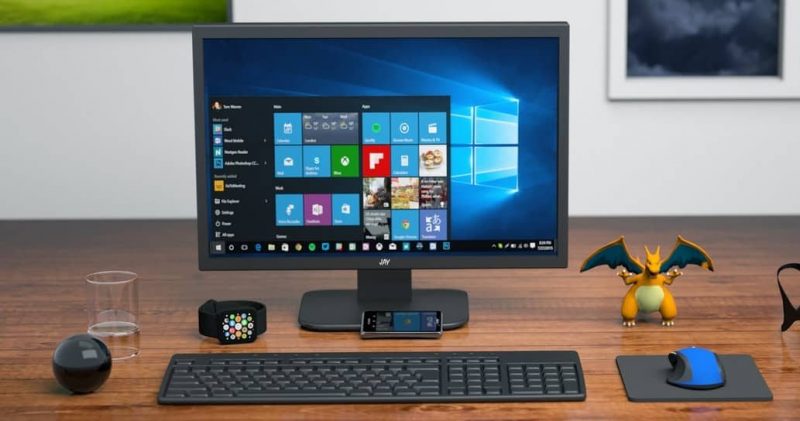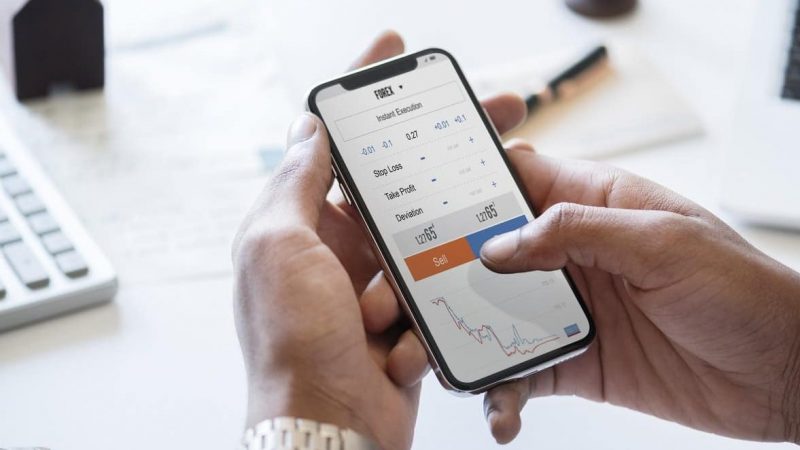The peripheralsIn computing, they are the elements that facilitate communication between the computer and the external environment. The name is used to designate the devices that are connected to the central processing unit (CPU), and allow complementary operations to the computer’s data processing. For instance: mouse, printer, speakers.
The name of peripheral, from the very definition of the Spanish language, speaks of something auxiliary or complementary, but in computer science many of them are essential for the computer system to work.
Input peripherals

Input peripherals are those that are used to provide data and signals to the processing unit. A classification is usually made according to the type of entry, or according to whether the entry is discrete or continuous (if the entry possibilities are limited or infinite).
Here are some examples:
- Keyboard. Device composed of buttons, from which the linguistic characters that allow most of the particular functions that are intended can be entered into the computer. There is a variety of computer keyboards, although the QWERTY type is the most popular.
- Mouse. Device that, placed on a flat surface, also moves the screen cursor and allows you to point what is necessary. It is complemented by the keyboard as it allows mobility through the computer, and to give orders to it through one of the most important functions: the click.
- Scanner. It allows to represent a sheet or photograph of reality in pixels from the computer. The scanner identifies the image, and in some cases can recognize the characters, allowing it to be complemented with all word processing programs.
- Webcam. Functional device for image communications. It became popular since the Internet revolution.
- Joystick. It is usually used for games, and allows to mobilize or recreate movements but in a game. It has a low number of buttons, and in its more modern versions it is capable of recognizing movement.
- Microphone.
- Fingerprint sensor.
- Touch panel.
- Barcode scanner.
- CD / DVD player.
Output peripherals

The devices that are capable of reproducing what happens on the computer for the interest of the user are the output peripherals. The CPU generates internal bit patterns, and these devices are responsible for making them understandable to the user.
These are, in all cases, electronic accessories that can reproduce information in the form of text, graphics, drawings, photographs, or even three-dimensional spaces.
Examples of this type of peripherals:
- Monitor. The most important output device of the computer, since it allows, through various points of light, to reproduce in an image what the computer is doing. Monitors have evolved a lot since the origin of computers, and the most important feature is their high resolution today.
- Printing machine. By means of liquid ink cartridges, it is capable of producing computer files on paper. It is usually used based on the text, but also based on the image.
- Speakers. Device to reproduce any kind of sound, including music but also the various sound messages that the PC emits to give messages to the user.
- Headphones. Equivalent to speakers, but with individual use intended to be received by a single person.
- Digital projector. It allows to transmit the images of the monitor to the form of expression based on light, to expand it on a wall and be able to show it to large groups of people.
- Sound card.
- Plotter.
- Fax.
- Voice card.
- Microfilm.
Input and output peripherals

There is a group of peripherals called ES which are not formally part of either category, because they communicate the computer with the outside world in both directions.
In fact, nowadays the advancement of technology allows us to think of the interaction between humans and devices as something continuous and bilateral, never going in one direction.
As an example, all cellular devices of type Smartphone They can be located in this group, as well as data storage units or network devices.
